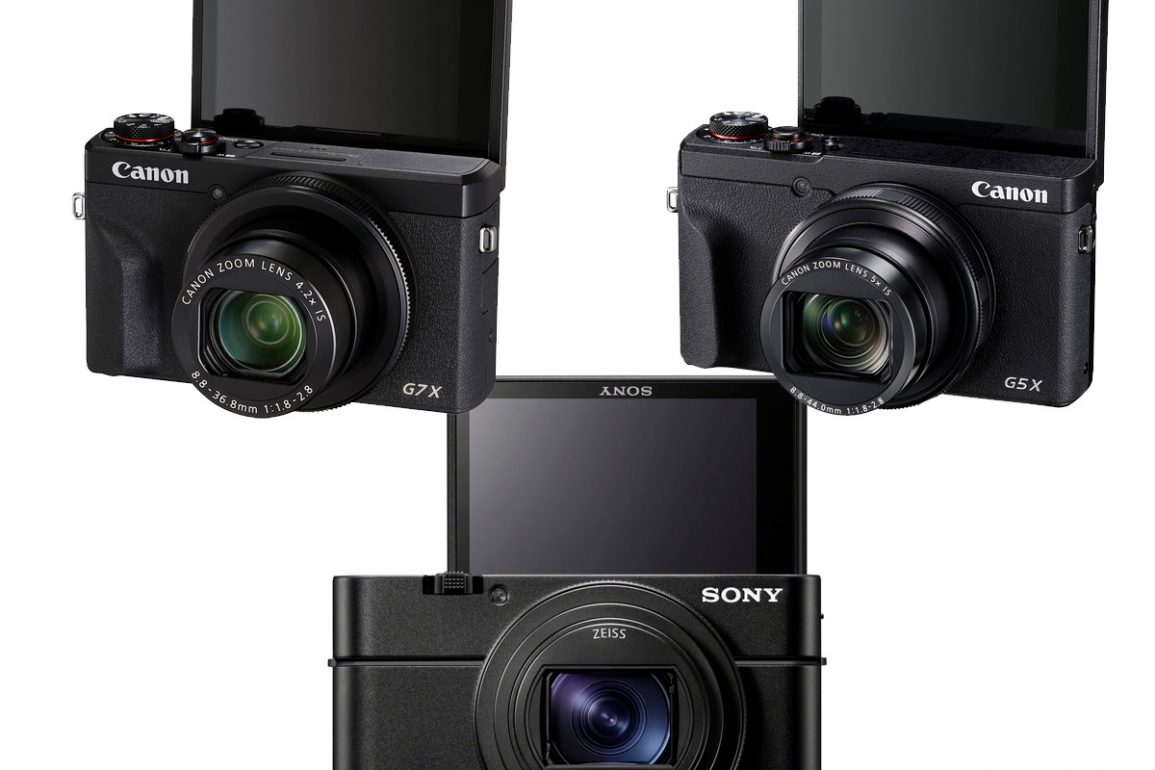In this excellent ultra compact vlogging camera shootout themed video courtesy of Gordon Laing, we find out what these three most recent heavy hitters bring to the table. The new Sony RX100 III, Canon G7X III, and Canon G5X II are the cameras that will be compared and they all have there strengths and weaknesses as you will soon find out.
All these ultra compact cameras will clearly do a good job at the task of vlogging, but which should you buy really depends on your features hit list, and how much money you want to spend.
Price point wise at the time of this article, the Sony RX100 VII goes for $1200 US, the Canon G7X III goes for $750 US , and the Canon G5X II goes for $900 US. So clearly the Sony RX100 VII is the most expensive by a significant margin. The question is, does the extra cash make it worth the money or not? Lets see what Gordon has to say on the matter shall we…
Best VLOG camera: Canon G7X III vs Sony RX100 VII vs G5X II
Cameras tested in this vlogging shootout:
- Sony RX100 VII for $1200 US @ BHPhoto | Amazon
- Canon G7X III for $750 US @ BHPhoto | Amazon
- Canon G5X II for $900 US @ BHPhoto | Amazon
My Conclusions
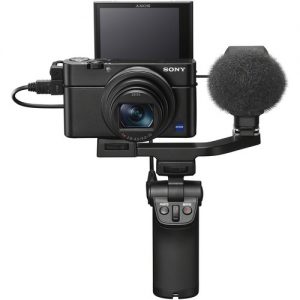
So what I noticed in this excellent comparison review courtesy of Gordon is this: First off, all the cameras performed really well at the end of the day. With that being said, the Sony RX100 VII Autofocus ability is far superior to both Canon’s. Also, the Canons exposure noticeable brighter by default and have more aggregated colors than the Sony, but this can be adjusted fairly easy on all the cameras I would say. The creative styles on the Sony would be the easiest way to get the colors more saturated for example.
The Sony RX100 VII and Canon GX7 III both have external microphone options and 4k video, but only the Sony offers the 24p frames rate and viewfinder. Both Canon’s offer a built in ND filter however, which is awesome for keeping the camera at the widest aperture for maximum background blur, and lower shutter speeds in bright conditions for that proper cinematic frame rate like 1/50sec for example.The Sony does not offer the built in ND filter on the RX100 VII, but does offer it on the RX100 VA which also has a faster f/1.8 max aperture lens encase you are wondering. However, you can get a ND filter kit (Click Here) for the Sony RX100 VII to resolve this lack of built in ND filter problem.
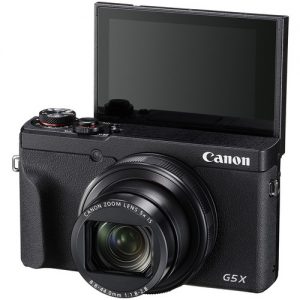
The Canon GX5 II also offers 4k and a viewfinder, but no built in external mic port. In addition based on the video testing Gordon did and the footage that was presented, the Gx5 II 4k footage actually looked sharper to me than the 4k GX7 III footage strangely enough. It’s possible this was just youtube, but it seemed fairly clear to me to be the case.
The Sony 4k footage on the other hand looked by far the sharpest to my eye, but the stabilization was not quite as good as what the Canon’s had to offer in this regard. Although the stabilization was very good on all the cameras at the end of the day. Gordon thought the stabilization on all the cameras was very good and on par with one another.
At the end of the day, the ideal vlogging camera from Sony would really be the faster lens and ND filter equipped Sony RX100 VA (which I reviewed Here >>), if it had a microphone input, but it does not. So the RX100 VII is the better option if you need that mic input, but the slower max aperture and lack of ND filter leaves the door open for wanting more. The Canon’s on the other hand fall far short in the autofocus department compared to the Sony, but offer the built in ND filter and faster lenses. The GX7 III offers the mic input as well making it a great option for the money, minus the slower autofocus and lack of viewfinder. The GX5 II on the other hand has the built in viewfinder, but no mic input.
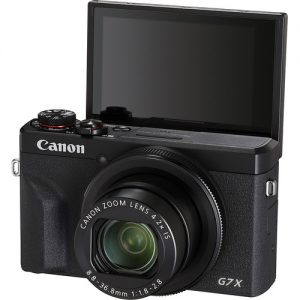
In the end there really is no real overall winner here in this shootout based on what I learned about the Canon’s. Their clear biggest weakness in my opinion is the way slower Autofocus abilities. Therefore we will still have to wait for either a faster autofocusing Canon or a faster lens and ND filter equipped Sony with a mic input to have the all in one ideal ultra compact lightweight vlogging camera solution.
However, If I had the money, I would go with the Sony, for the far superior Autofocus abilities and way better zoom Slot Siteleri range. That zoom range really opens up the possibilities for more compositions and captures at various locations and events for example. I also thought the video footage looked better and more natural in the colors overall. The Sony RX100 VII also offers advanced video profiles and the ability to manipulate the colors and saturation of the video in post which is awesome if you want to do that. The Sony also has killer slow motion video abilities which I like to use from time to time. The lack of built in ND filter on the Sony sucks, but you can get work around filter adapters like this one (Click Here), and then you can attach a 58mm ND filter that will allow you slow the shutter speed down when needed.
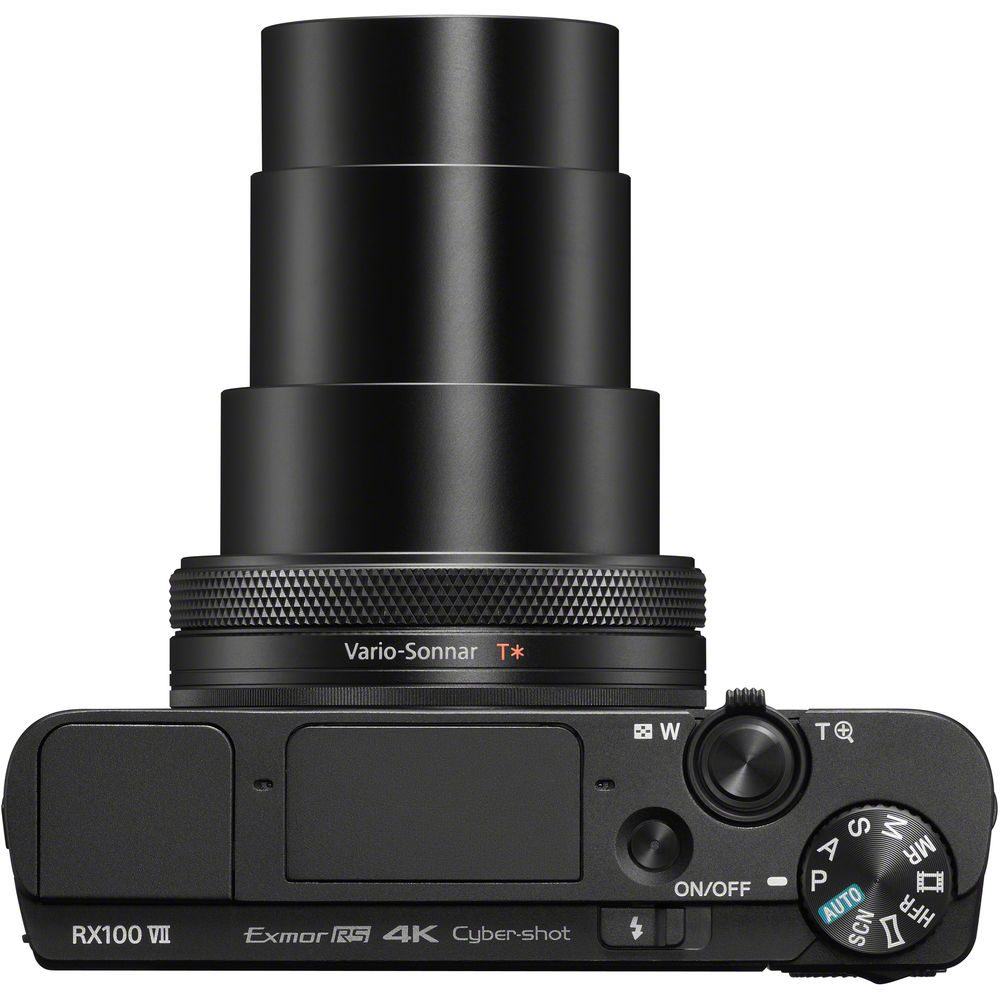
WIth the smaller 1″ sensor and f/2.8 max aperture lens on the Sony RX100 VII, and effective 1-stop faster f/1.8 on the Canon’s, you do not get that killer background blur you might be looking for in your vlogging footage unless you are super close to the camera. A few feet back is where you will most likely be as seen in this review. Therefore a larger sensor camera would really need to be used if that is what you are looking for. The Sony A6400 which I recently reviewed here >>, comes to mind! However, with these cameras you do get a very compact and lightweight solution that produces fantastic quality all around at the end of the day.
If an ultra compact and lightweight vlogging rig is what you need, then the RX100 VII or these Canon’s are certainly worth considering in my opinion. If you don’t need a mic input I would also strongly consider the Sony RX100 VA as an option.
That is about it for this article, and I really think it was a great review by Gordon. I learned a lot about the Canon cameras in particular and I hope you all learned a few things as well. Have a great day and I will catch up with you later, Jay

